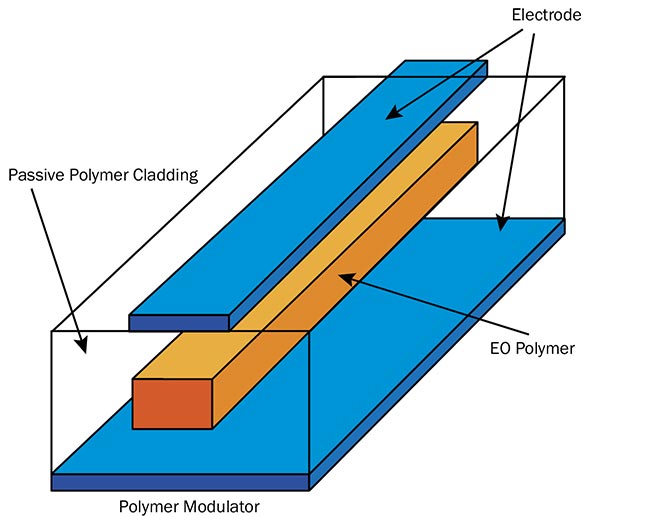Monthly newsletter from the editors of Photonics Spectra, with features, popular topics, new products, and what's coming in the next issue.

|
Developing a New Class of Electro-Optic On-Fiber Devices
To take advantage of 5G technology, networks must be capable of moving huge amounts of data at unimaginable speeds and extremely broad bandwidth. 5G networks should enable downloads at a rate of more than 30 gigabytes per second (GB/s), which is more than 1000× faster than the current 4G. Unfortunately, available technologies are not qualified to unleash these capabilities. Available communications networks are hindered by the integration of optical devices used to manipulate signals. Such devices include modulators, switches, couplers, and dense wavelength division multiplexers. Additionally, integrated optical devices are constructed of rectangular waveguides that connect to cylindrical optical fibers. This design results in high insertion loss, coupling problems, low speed, and problems due to polarization dependency. For the past three decades, significant research has been done to overcome these limitations, with only moderate success. Incremental improvement is no longer acceptable for the coming 5G networks. There is a strong need for a paradigm shift in communications technology and networks.
|
|
|
 Imaging Goes 4D
Imaging Goes 4D
3D imaging has taken off, with applications in cellphones, cars, robots, and more. Now, companies and researchers are looking to what’s next: 4D. While 3D imaging captures information about width, height, and depth (x, y, and z), 4D imaging adds another dimension and incorporates time, velocity, or light-matter interactions. Going 4D makes economic sense; the pulses that leave a laser system are expensive. With each laser pulse, many photons are sent out, but only a fraction return to be detected. But more return than are needed for 3D imaging. These extra photons could provide additional information.
|
|
|